How to quickly get rid of aphids on dill?
Aphids on dill can appear unexpectedly and in huge quantities. Insect control is not easy, but it must be done. Effective methods of getting rid of the pest exist. If applied in a timely manner, a positive result will certainly be achieved.
Causes of aphid attack
Scientists have described nearly 4000 species of aphids. Some insects have wings and are able to move through the air, migrating from one garden plot to another. Often, the appearance of a pest is facilitated by an invasion of ants, which feed on the secretions of aphids and carry them from place to place as a food source. This symbiosis is beneficial to wallpaper for insects. Aphid treatment is unlikely to be effective without first removing the ants.
Most often, aphids appear on an area that is in disrepair, overgrown with weeds. An imbalance of nutrients in the soil composition can be another reason for the appearance of a pest. Aphids often attack plants with an excess of nitrogen and a lack of phosphorus. Insects can be brought into the garden together with infected planting material, for example, seedlings purchased on the market.
Pest signs
Aphids are only a few millimeters in size, so single individuals are not easy to spot. However, insects multiply rapidly and soon form colonies that are easily distinguishable with the naked eye. The pest displays new offspring every 2 weeks. During the season, the female is able to reproduce from 12 to 18 generations. At any time, the summer resident can, having arrived at the dacha, find hordes of swarming insects of black or green color on the dill.
Due to the attack of the pest, the dill umbrellas quickly deform and wither, the same happens with the leaves. The sucking parasite feeds on plant juices, depriving it of nutrition and inhibiting the process of photosynthesis. In addition, aphids are a distributor of many dangerous diseases, transferring them from diseased to healthy plant specimens.
A sooty fungus develops on the secretions of aphids, which further exacerbates the situation. The first signs that aphids have appeared on the dill bed will be the presence of ant paths and the formation of sticky spots on the back of the crop leaves. Soon the ground near the plants becomes dotted with small whitish scales, which are the discarded shell of pests.
Control measures
You need to start fighting aphids as soon as the first symptoms of infection were noticed. Delay threatens that the pest will destroy all the dill, and the owner of the dacha will be left without a crop. Unfortunately, gardeners do not always have time to inspect the beds, sometimes aphids are found when they have already multiplied and mercilessly destroys the plantings.
It is necessary to save dill with biological preparations and folk remedies. Chemistry can be used when dill is planted on seeds, since there is a high probability that insecticides will remain on the plant and subsequently cause poisoning. Even if greens are washed before eating, they can be unsafe to health. In order not to worry about whether you can eat dill after applying insecticides, it is better to stop using poisons.
Insecticide application
It would be reasonable to spray a dill bed with industrial preparations from the point of view of destroying the pest in the focus of infection, and it did not attack other crops. In places of mass accumulation of aphids, they are used:
- "S-30" - a preparation made on the basis of petroleum oil.To prepare a working solution, 300-400 ml of the emulsion is dissolved in 10 liters of water and the treatment is carried out immediately.
- "Karbofos" - moderately toxic drug, which is a colorless oily liquid. Consumption - 1 tbsp. l. 10 liters of water. It is necessary not only to spray the dill, but also to water the soil. A little later, loosening is performed.
Foliar top dressing with superphosphate (20 g per 10 l of water) and potassium chloride (10 g per 10 l of water) will help to get rid of aphids. Processing is carried out twice at intervals of a week.
Use of biologics
Biological preparations have an important advantage - they do not harm the environment and are harmless to humans. Moreover, their effectiveness has been proven many times over. You can process dill from aphids using:
- Fitoverma. The action of the drug occurs with some delay and after a few days it completely decomposes in the external environment into harmless components. Fitoverm infects pests through direct contact. The drug is especially effective against insects with thin covers, which include aphids. One treatment is enough for a week, then the procedure must be repeated. The solution is prepared from 1 ampoule of the drug per 1 liter of water.
- "Entobacterin". The active basis of the biological product is endotoxins, waste products of certain bacteria and fungal spores. The tool is effective at temperatures of +25 ° C and above, its effect lasts for 5 days. It is used in the amount of 4-6 g of powder per 1 liter of water.
- "Arrow". The drug is available in the form of a gray powder. Its active ingredient is bitoxibacillin. The effect is manifested in 2-3 days after treatment, complete death of insects will occur in 10-15 days. After 2 days from the moment of processing, the greens can be eaten, after rinsing off the remnants of the product from the dill. For 10 liters of water, 50 g of powder is consumed.
- Iskra Bio. Another safe, high-speed aphid remedy. The drug is not addictive. Its effectiveness increases in hot weather (at temperatures from + 28 ° C). The solution is prepared from 8 ml of the drug per 1 liter of water.
When choosing a biological product, you should be more careful. Not all of them can be used on crops with an accelerated ripening period, such as dill. For example, "Confidor Extra", "Corado", "Biotlin" and other preparations based on imidacloprid for processing greens, radishes, early cabbage and some other vegetables are not suitable.
Effective folk remedies
Folk remedies help to save dill from aphids. They have been tested in pest control by more than one generation of summer residents.
The simplest and at the same time effective remedy for aphids is a soap solution. It forms a film on the leaves, which makes it difficult for the pest to pierce and subsequently suck out the juice. A solution is prepared from one piece of grated household (100 g) or 300 ml of liquid soap per 10 liters of water. Soapy water must necessarily fall on the underside of the leaves, where insect clusters are localized.
Crushed soap in the amount of 50-70 g per bucket of water can be added to herbal infusions, this will only enhance their effect.
You can prepare infusions according to the following recipes:
- Onion peel based. It is also recommended to add the onions themselves to it. Put 300 g of chopped vegetable and 4-5 handfuls of husks on a bucket of hot water. The composition should be infused for 5-6 hours. Then it is filtered and used for its intended purpose.
- Based on celandine. For preparation, take 150 g of dry raw materials (can be bought at a pharmacy) for 5 liters of water. The remedy should be infused within 5 days. The infusion is filtered before spraying. Instead of celandine, you can use nettle, marigold in the same concentration.
- Garlic based. A glass of chopped garlic cloves is infused in 10 liters of water throughout the day. Filter the infusion before use. The exact proportions are not so important. The main thing is that the infusion spreads a strong garlic smell that drives out aphids.
Vodka or liquid for cleaning windows. These funds help fight a pest that has settled on the roots of dill. Before use, vodka and glass cleaner are diluted with water in a ratio of 1:10 so as not to harm the plant itself. It is necessary to do the treatment in dry warm weather, thoroughly wetting the topsoil in the garden bed.
You can also process dill with a dry mixture. Mustard powder, wood ash and chopped hot pepper are placed in a gauze bag, taking them in equal amounts. Then the plants are treated with the dusting method.
Preventive measures
Prevention of the appearance of aphids is reduced to the use of correct agricultural techniques. The site must be dug up in the fall on a shovel bayonet; all plant residues and weeds are removed from the beds first. Dill should be planted taking into account the rules of crop rotation. Crops such as celery, carrots, parsley are not suitable for it as predecessors.
Top dressing for dill should be balanced. Both lack and excess of nutrients make the plant vulnerable to invasion of harmful insects. To scare away aphids from dill, you can plant onions, garlic, chamomile, mint and other aromatic herbs nearby. Viburnum or bird cherry, on which the pest often settles, should not grow nearby.
Aphids are a dangerous phytophagous plant that destroys dill plantings in a short time. A pest can only be defeated by systematic actions aimed at destroying it. If you follow agricultural techniques, and at the first signs of aphid infestation, use protective measures, the harvest of fragrant greens can be preserved without loss.
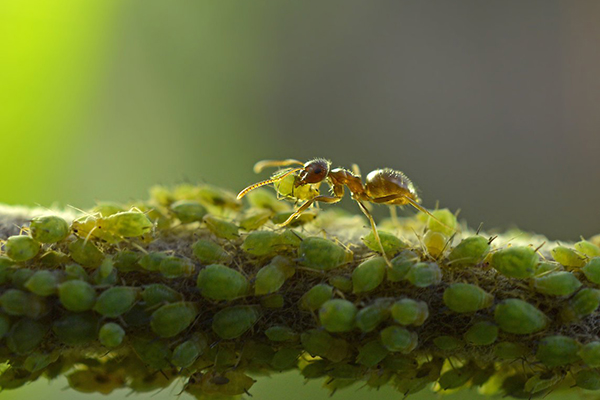
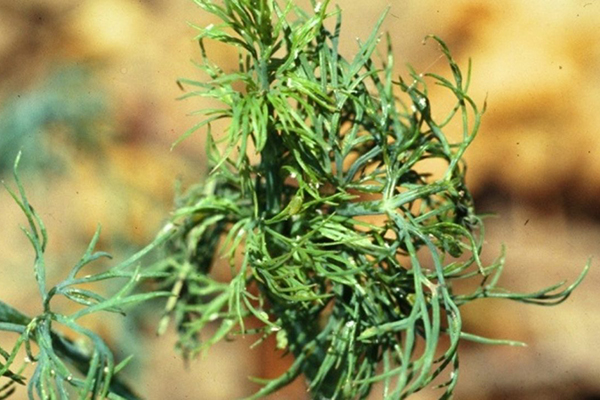

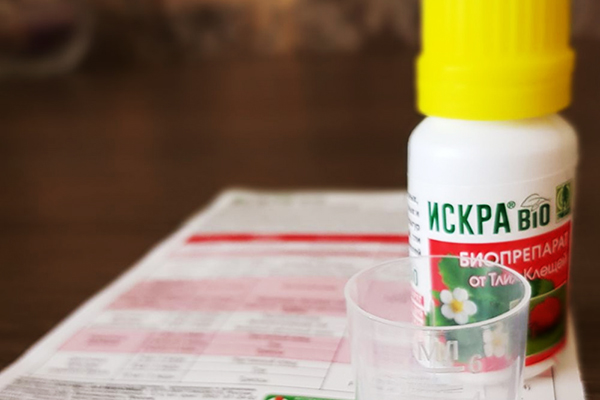
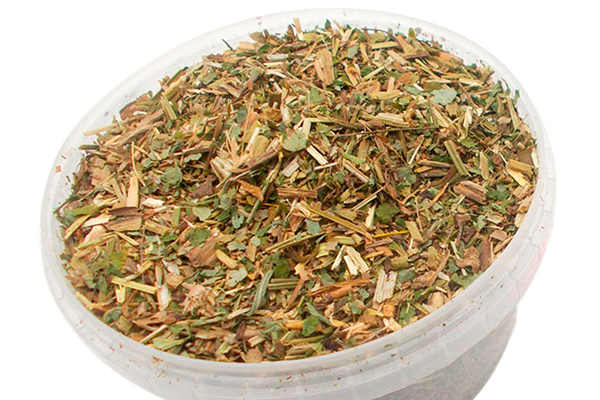
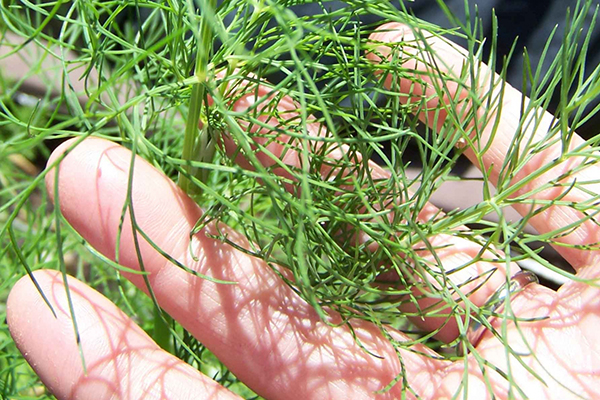
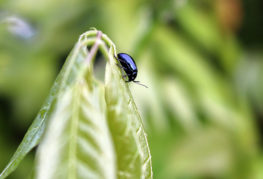
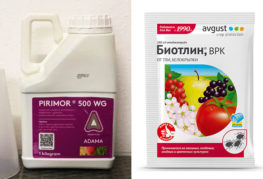

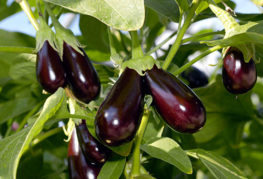
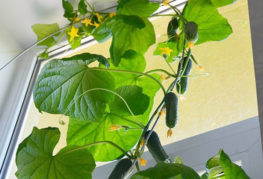
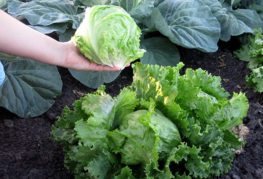
and will be published shortly.